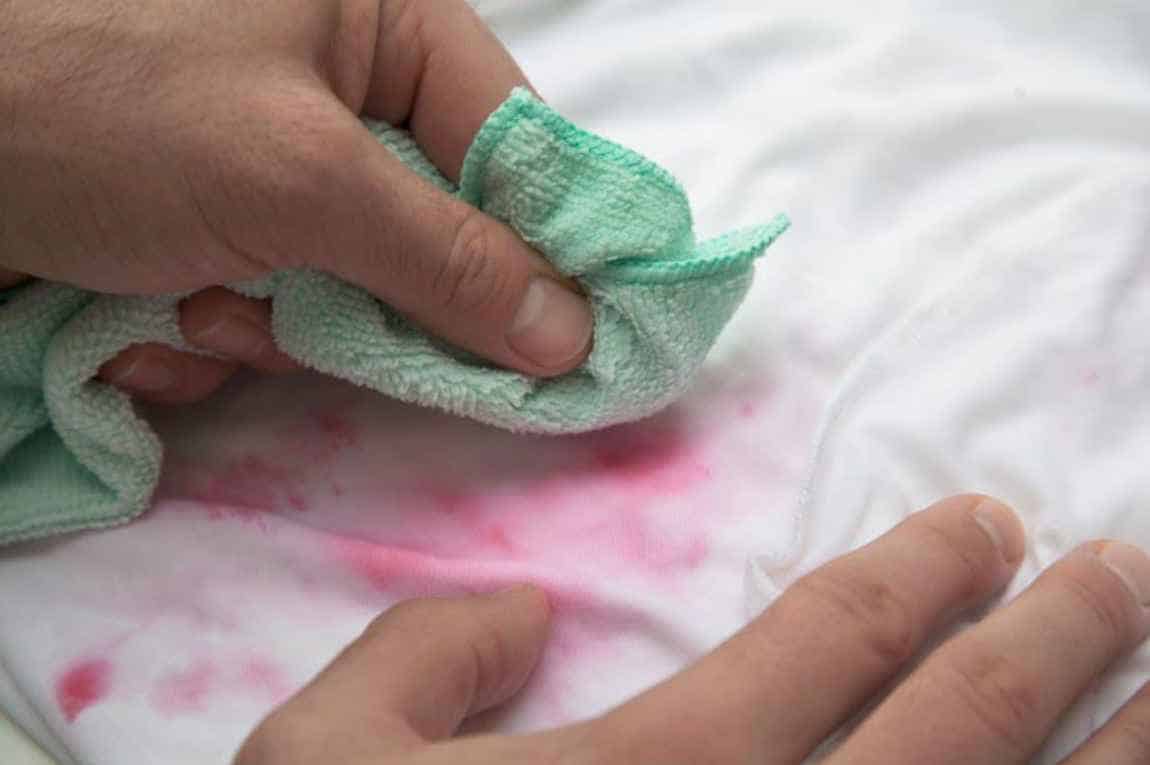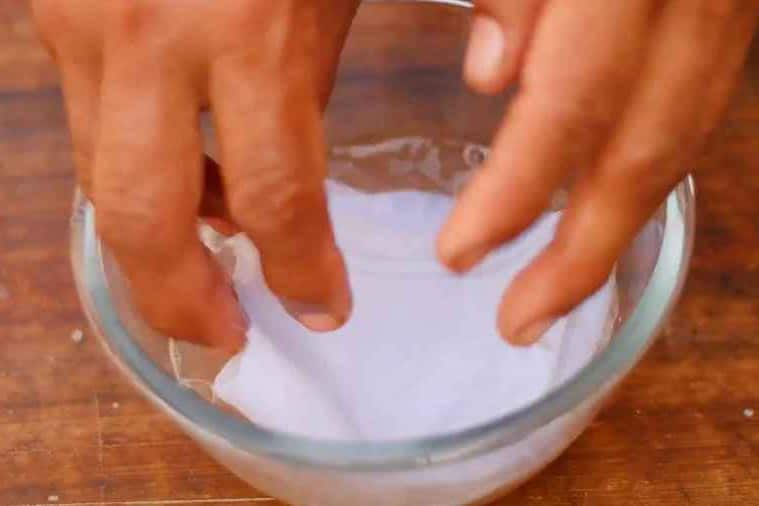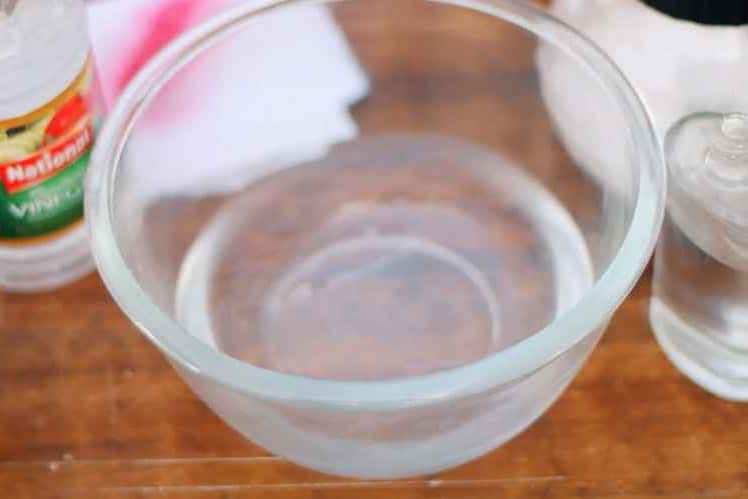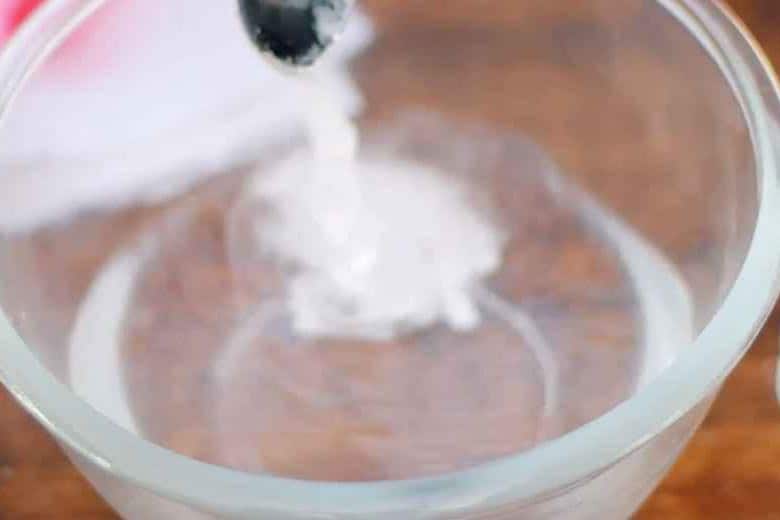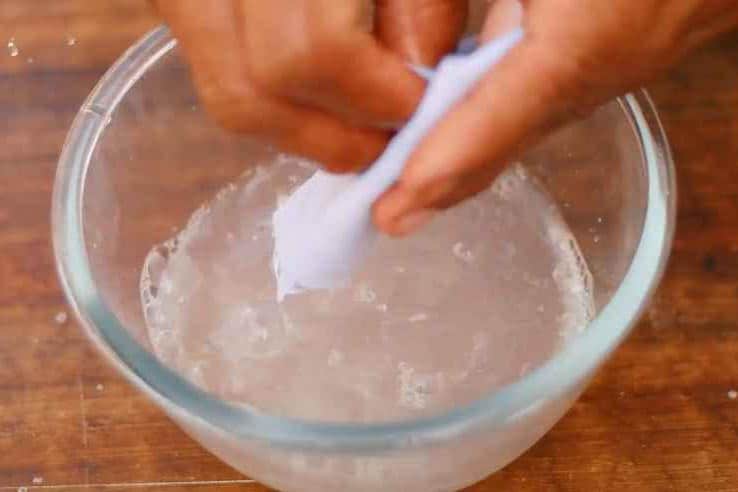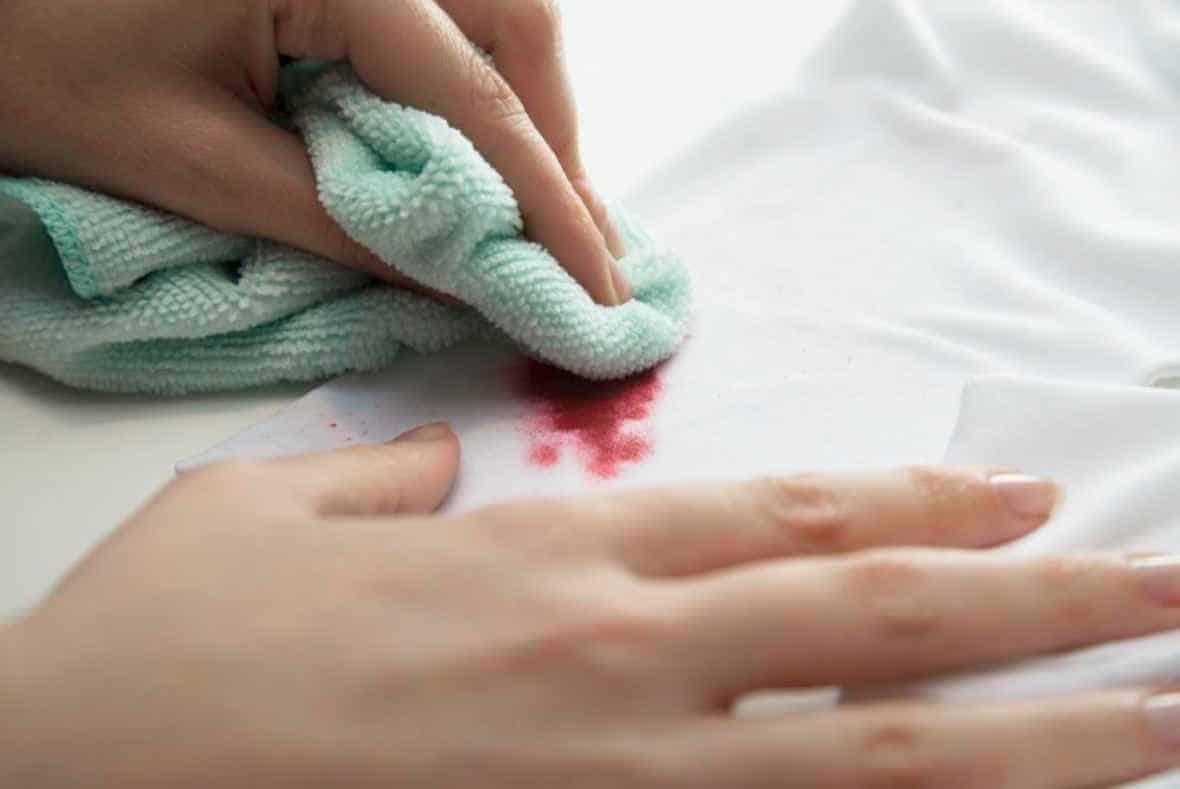Beets are superfoods that provide impressive health benefits. It can be juiced, roasted, or boiled however you like it. And best of all is its vibrant color that stands out from any dish served.
But have you ever wondered how to remove beetroot stains on clothes after a feastful preparation? If you’re dealing with a challenging stain situation, you’ve come to the right place!
Today, we’re exploring methods to beat the beet juice splatter on your clothes. So bring out your most trusty cleaning agent, and let’s get scrubbing.
Beet Stains on Clothes
Before we get into the method, let’s take a quick look at the science behind the beetroot stain. Because why not? Science facts make a great conversation starter if you like to share something knowledgeable.
Beetroot contains betalains, a red-violet food pigment found in fruits and commonly used as a natural dye. It passes on its color on anything it touches, from your hands to your chopping board, and even a sprinkle on your clothes. Beetroot, as you may think, is like the mythical golden touch of King Midas. But, of course, minus the golden riches.
Jokes aside, those pigments are sensitive to ph changes and can burrow quickly into fabrics. It can leave discoloration for a long time if not addressed immediately. Additionally, in terms of washing, cotton offers more stain-removal options. However, wool and silk fabrics need more gentle care and less harsh chemicals.
Now let’s head over to removing the beetroot stains with a few materials and easy steps.
What You’ll Need:
- A tissue or a spoon
- Cold and warm water
- Spray bottle
- Vinegar or liquid dish soap
- Bleaching agent (borax, oxygen-based or chlorine-based bleach)
- Washing machine
Step 1: Remove Beet Residue
Grab a tissue and pick out the chunk or slice of beet on your clothes. You can also use a spoon or a butter knife if that’s the closest thing in sight. Just be careful not to drag it on unstained parts.
Additionally, we know it’s an instinct to sprinkle water and rub the fabric while you’re still on your clothes. But hold your horses as it will only spread the juice. Instead, get changed and immediately blot the wet spot with a paper towel or white bread. It will help absorb the excess water before rinsing it in cold water.
Step 2: Run in Cold Water
Once you remove the residue, turn your clothes inside-out and wash the stain under cold, running water. It prevents water-based fruits, like beet, from drying out and causing permanent stains on the fabric. Conversely, too hot of a temperature can cook the beetroot fluid in the clothes, making it harder to remove.
Do this for 10 to 15 minutes or until no red-purple dye is visible in the sink.
Step 3: Pretreat Fabric With Stain-Remover Solution
Rinsing alone cannot remove a stubborn beet stain. If you removed it after step two, then consider yourself very lucky. But if you’re like the majority who got it good, creating a stain-remover solution is the next best thing to do.
In a spray bottle, combine a 1:1 ratio of vinegar and water. Spritz the solution directly on the stain and let it soak for a few minutes.
If you’re not a fan of vinegar, you can use liquid dish soap instead. All you have to do is swish some of it in cold water and use it to rub the stain. An old toothbrush would also help get into the tiny spaces of the fabric.
Allow the clothing to soak for 30 minutes, then rinse with cold water.
Step 4: Use a Bleaching Agent
It’s time to use a bleaching agent if the stain is still visible, even after pretreatment. But first, check if the garment can handle chlorine or needs color-safe detergent.
In white fabrics, soak it in chlorine bleach diluted in water for about 10 minutes. It will help remove the stain without weakening or damaging the threads of your clothes.
For colored fabrics, there are two possible options:
- Use an oxygen-based bleach with cold water and soak it overnight or;
- Mix one tablespoon of boraxwith two cups of warm water. Then, let the fabric soak for two hours.
The first option is not as effective as the second, which is why it needs a longer soaking period. But feel free to use any, depending on the availability of your materials.
If the stain remains, repeat making the solution and soak it until it thoroughly comes out.
Step 5: Wash According to Care Label
Once you’ve cleared out the stain, it’s now time to wash the garment based on its care instruction. Place the laundry in the washer and add a detergent or bleach to the tray.
Also, be careful about what clothes you intend to wash along the cycle. Some stains might still come out if not properly pretreated.
Step 6: Air Dry
Take a good look at the stain spot after washing. You can throw it in the dryer if it’s clean and there is no discoloration. But if it says otherwise, best to air dry it so it does not set permanently.
When hanging, place the cotton clothes on a rack under indirect sunlight. Wool, conversely, needs to be laid out flat to dry.
How to Remove Beet Stains on Dry Clean Only Fabrics
Dry clean only fabrics need utmost care. But time is not always on our side when we face a beet situation. So before you run to a professional, you need to do a quick action so stains do not set. Also, it would be easier for your dry cleaner to do all the work since you’ve reduced the dye.
Here are the four steps to pretreat the fabric:
- Prepare a dry cloth and a damp sponge. Then, lay your clothing flat on a table.
- Blot the dry cloth on the stained spot to reduce the excess beetroot liquid. Always work from the outside of the stain towards the center.
- Hold a damp sponge above the stain and let it absorb the residue. Remember not to move it around to prevent spreading the dye.
- Blot again with the dry cloth until all fluids are absorbed.
Once done, you can bring it to the nearest dry cleaning shop. Post-spotting during dry cleaning helps remove oil-based stains if the dish is beets with olive oil. It also uses water-free chemical solvent so your precious garment stay clean and intact.
Lastly, don’t forget to notify your dry cleaner of what causes the stain so they know how to address it correctly.
Tips For Removing Beet Stains on Clothes
Like its vibrant color, beet stains are hard to forget, especially if they wrecked your favorite shirt. That’s why we curated some tips to follow so you can save a wardrobe mishap.
- Always pretreat the pigment immediately after the incident happen. You can use diluted vinegar or dishwashing soap to lessen the dye.
- Use cold water when dealing with water-based stains to prevent drying.
- Place clothes inside out when washing to force out the pigments away from the fabric threads.
- Follow the recommended soak time based on the solution for it to work actively. Too short can hamper the work of the solution. While too long can damage the clothing.
- Do not tumble dry if stains are still visible.
- Aside from a sponge, a slice of white bread is an ideal fluid absorber. Saturate the bread in lukewarm water, then place it over the stain to mop up the tint. Leave it for 5 to 10 minutes until it takes in the color.
Frequently Asked Questions
1. Do beets permanently stain clothes?
Beets can cause indelible discoloration on clothes unless you work quickly around them. As a natural colorant, many use it to brighten their clothes and even as a hair dye! So don’t get shocked if it stays for as long as you can remember. But the good thing about this is you can prevent it from happening by removing the stain promptly.
2. How long does beetroot stain last?
It fades fast if you avoid letting them get dry. Once you wash and bleach it, it can be done in no time.
But if you’re wondering how long it stays in intentionally colored clothes, the answer is it’s permanent. Although, it will lighten in color after a few washes and under certain conditions.
3. Does beetroot wash out of clothes?
Detergents with bleaching agents help remove pigments and enzymes from beetroot stains. Bleach releases oxygen to break up the chemical compounds that cause discoloration on clothes. After soaking it for a while, you’ll see that stain transferred from the water and out of the clothes.
If you want to try other natural solutions to combat beet stains, watch this video:
Take Away
There you go, six steps to remove beetroot stains on clothes. Plus, some first-aid remedies to dry clean only fabrics.
Beet stains can be intimidating, especially if you’re not familiar with the process of laundering. But we hope that after reading this, you’re more confident enough to tackle any stains. So take patience and follow the steps carefully for a successful cleaning. No discoloration can sneak past if you act swiftly.

Jessica Oliver is a fashion enthusiast with more than ten years of experience in the industry. She previously managed her own clothing store in New York before becoming a mother of three. With a passion for sustainability and a desire to share clothing care and recycling tips.

